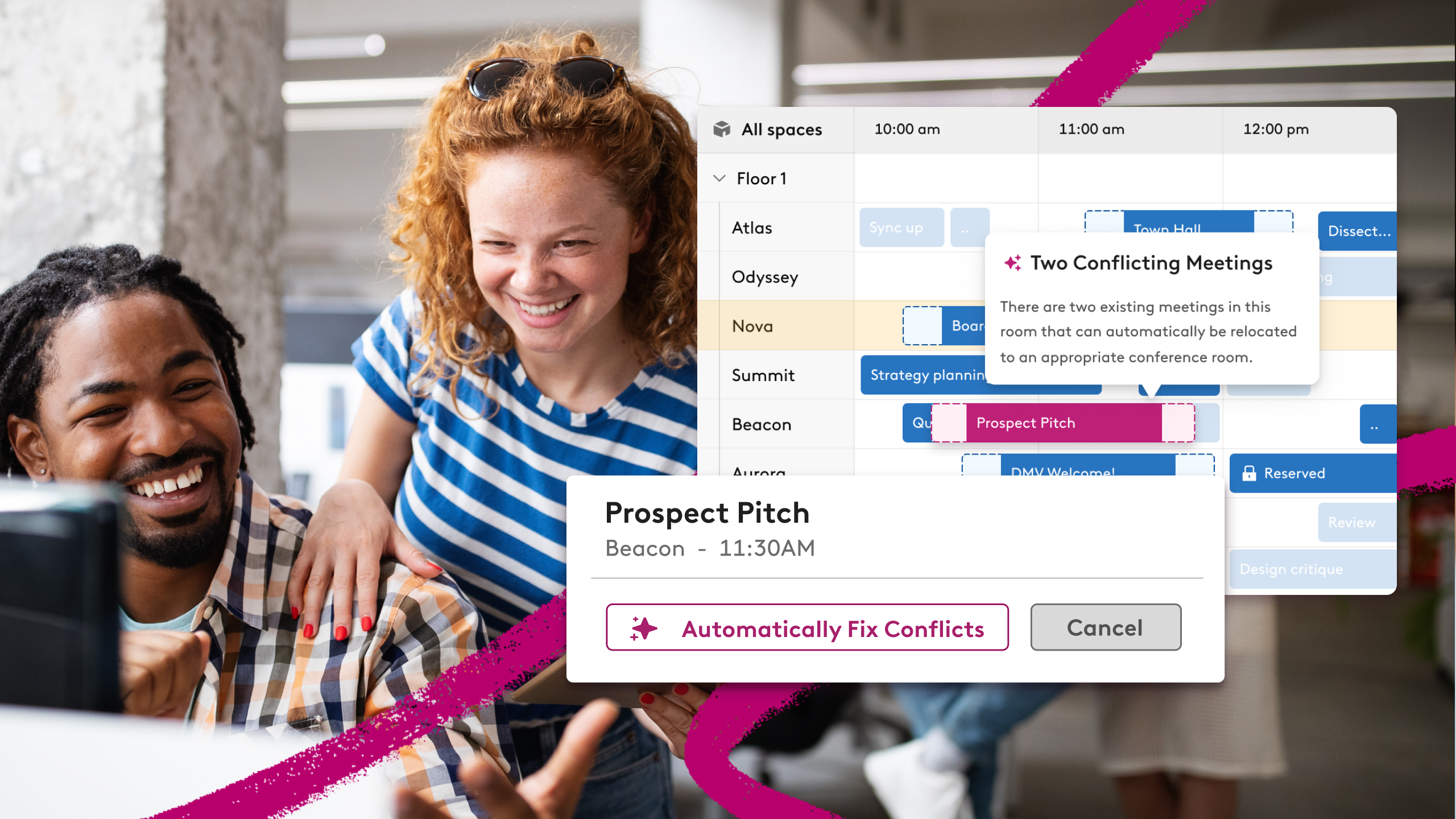How to Successfully Get Federal Employees Back in Office

A few weeks ago, President Biden pledged to bring federal workers back to the office this Fall. He's calling for his cabinet officials to aggressively execute this shift and labeling it a priority for everyone.
For many, remote work has become a norm. We know from recent studies that 29% of people say they are likely to switch jobs if their employers require them to work exclusively onsite.
If government officials want to successfully bring people back to the office they'll need an intentional plan that focuses on their workspace and their teams.
Why does this transition matter? This signals another major shift in the vast majority of federal workplaces, and the best thing federal agencies can do now is prepare.

Why Does In Person Work Matter for Federal Workers?
White House Chief of Staff Jeff Zients said it best, “We are returning to in-person work because it is critical to the well-being of our teams and will enable us to deliver better results for the American people.” Meaningful in person time has many benefits, especially for an industry that's main focus is serving and prioritizing people.
According to a Gallup poll, spending two to three days in the office each week boosts outcomes for engagement and wellbeing. People need human interaction, and some things can't be recreated online. Consider office culture and team collaboration.
Office culture: Culture is a key part of a successful business. Employees and teams that feel most strongly aligned with their culture are more engaged, less burned out, and less likely to leave their employer.
It can be hard to navigate a company's culture while working remotely, especially if you're in the process of onboarding. Coming together in person allows your team to establish relationships, build strong culture and trust, and align with the company's mission.
Team collaboration: In-person collaboration is crucial for success, 97% of high performers say their office enables easy collaboration. While technology has made it easier to collaborate virtually, nothing replaces the ease of walking up to someone's desk with a question or the value of a quick brainstorming session over coffee.
For a vast majority of federal workers, spending more time in the office increases their opportunity to work together and solve problems for the American people.

How Can You Prepare for a Federal Government Return to Office?
As federal employees prepare to return to the office, federal agencies will need to strategize for an influx of people. Employees want leaders who communicate needs and expectations clearly and often, so make sure you are prepared to share your strategy and answer questions.
As you build out your return to office plan here are some things to think about:
- Resource management: When people arrive at the office they'll want to know what resources they have access to, so they can start doing their best work as soon as they arrive. Make it easy for your teams to find the right seat with the right technology, so their trip to the office runs as smoothly as possible.
- Conference room booking: The office should be built for collaboration. Make sure to think through how federal employees will book conference rooms and find ways to streamline the process.
- Visitor management: Since January we've seen a 147% increase in guest visits. If you're expecting visitors at your office whether it be vendors, business partners, or job candidates make sure you're prepared to welcome them into your space.

How to Build an Office Worth Commuting For
Now that you know how to manage your return to office plans, you need to work on building a space that people want to be in. If your return to office plan emphasizes the importance of company culture and collaboration, you should focus on creating a space that emphasizes those factors as well.
One of the top reasons people come to the office is to meet with their teams. In a recent report, we found that 64% of respondents were more likely to come into the office if they knew their team would be there.
Making sure people can see who's in the office when will allow them to plan their week accordingly and will prevent people from coming to the office to sit on Zoom calls all day.
You may also want to consider your office perks like a commuter benefit stipend or free drinks and snacks. Planning in person events like happy hours or team lunches will also increase in person work and help motivate people to come into the office.
As more people return to your office each day, you may see them utilizing the space differently. Ensure you have a way to measure office usage, so you can optimize your space for success. Workplace analytics gives you a clear insight into what resources your teams need and how they're using them.

A Smooth Transition with Easy to Use Technology
With the increased push to return to office, it's more important than ever for all federal government employees and agencies to have a workplace plan in place. Utilize the right technology to ensure this transition runs smoothly and build a comfortable hybrid work environment for federal workforce.
Need help getting started? Learn more about Robin's workplace platform.













